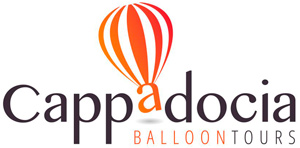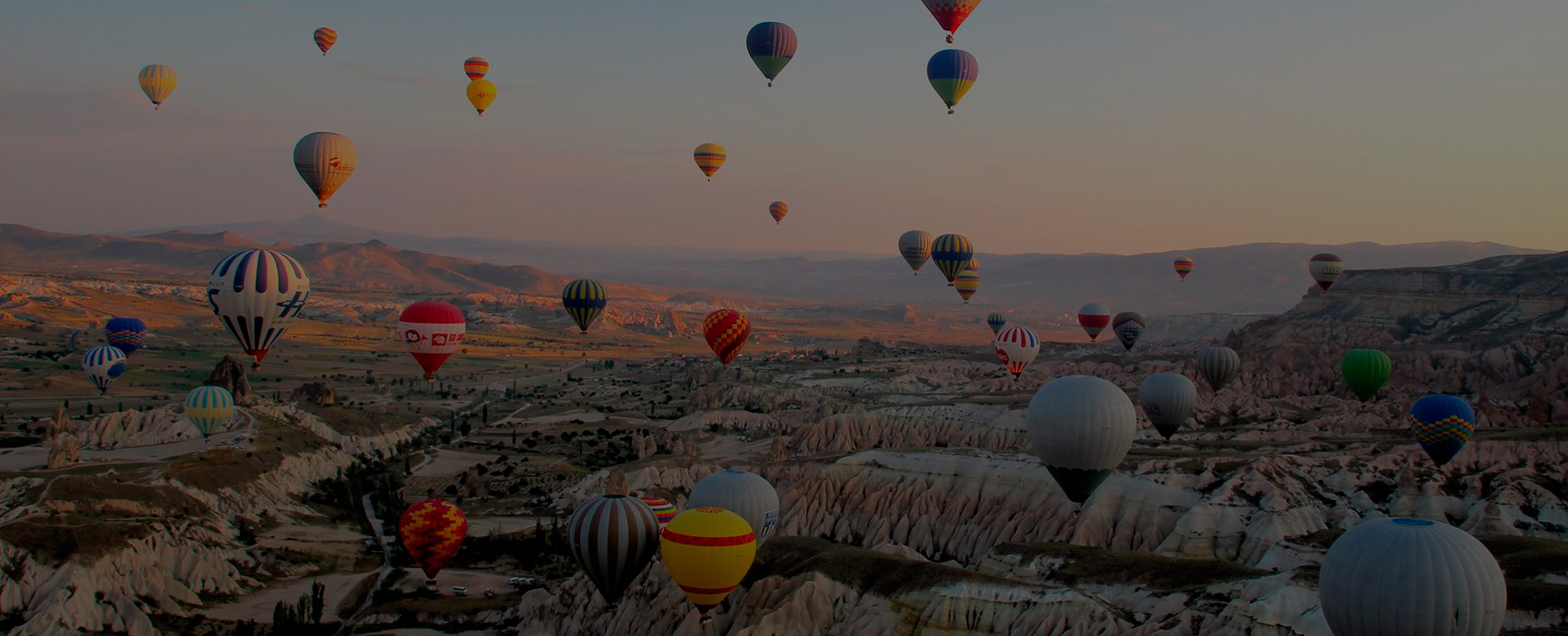31 Mar Ihlara Valley
Ilhara Valley – Peristrema
Ihlara Canyon is a deep and narrow canyon around the gorge of Melendiz River, which cuts and crosses the tufa. The river, although at a low level, continues to contribute to the erosion process in the area. The canyon extends over 20 kilometers (12 miles) with one of the most pleasant hiking trails, especially for those who only have a half day available for a tour. The canyon start approximately 150 meters (500 feet) below the tickets cabin. It is important to note that the way back can be an arduous climb. In the canyon there are about 60 churches, monasteries and anchorites cells. There are some large and more accessible churches.
Agacaltı Kilisesi (The Church under the tree)
It is a small cruciform church with two naves and an apse. Because some collapses the current input is through the altar section. In the dome there is a fresco of Christ in a mandorla, taken to heaven by four angels. The painting is of a primitive style, with orange and white faces, eyes unfocused and empty.
To the South: the Annunciation, Visitation, Joseph, Nativity and Presentation. To the North: Flight to Egypt, the Baptism and the Dormition of Mary. To the West: Daniel in the den of lions.
The Dormition of Mary (or Dormition of the Virgin, Koimesis) is unique of its kind in Cappadocia. It consists of two scenes. In the first, Mary is shown lying on a bed, and beside her Jesus Christ accompanied by St. John. In the upper scene Christ is shown holding the soul of his mother, with an angel behind.
Yilanli Kilise – The Church of the Serpent
It is a cruciform church with a horseshoe-shaped apse. It has a burial chamber to the north side. Inside the church there is not enough light, so visitors might need a flashlight.
Frescoes in the west wall: Christ, the judge, flanked by angels, is seated in a mandorla; below, the Forty Martyrs of Sebaste, wearing oriental costumes, and the 24 elders of the Apocalypse. In the lower part of the west wall, the theme of the Last Judgment by the weight of souls, is a repeated and a monster with three heads and the body of a snake is shown devouring some of the damned, which represents the torments of hell. The name of the church derives precisely from this painting. To the right, you can see a naked women being assaulted by snakes: one of them tangled by eight reptiles, probably for adultery, another with gnawed breasts, having abandoned their children, others attacked in the ears and mouth, for slander and disobedience.
To the right and left of the burial chamber entrance, is recreated, respectively, the entry into Jerusalem and St. Onesimus, while the apse shows the Last Supper and the Crucifixion.
In the east wall: At the top there is a cross with a halo and we can see the Crucifixion (not very well preserved) and Visitation. Saint John Baptist, with his right hand raised and the left holding an amulet, is shown in the top of the north wall, while the one to the east of the altar have a Christ in a red dress, sitting on a rainbow and holding a book, surrounded by the archangels Michael, Raphael, Gabriel and Uriel. In the south wall: The archangels Michael and Gabriel are in both sides; under the window is the Dormition and near the cross we will see the fresco of Constantine and Helena.
Sumbullu Kilise – The Church of Hyacinth
The name came from the abundant hyacinths surrounding the church. Sumbullu Kilise has a vaulted nave that was a part of a two-story monastery, whose top floor was for housing. On the facade, arched doors, divided by pillars and bonded with a lintel, show traces of the Persian influence.
Central dome: Christ Pantokrator. North wall (near the altar) St. George and St. Theodore. West wall (in the niche): Constantine and Helena. Section of Altar: Gabriel and Michael. On the next wall The Annunciation is depicted.[:]



